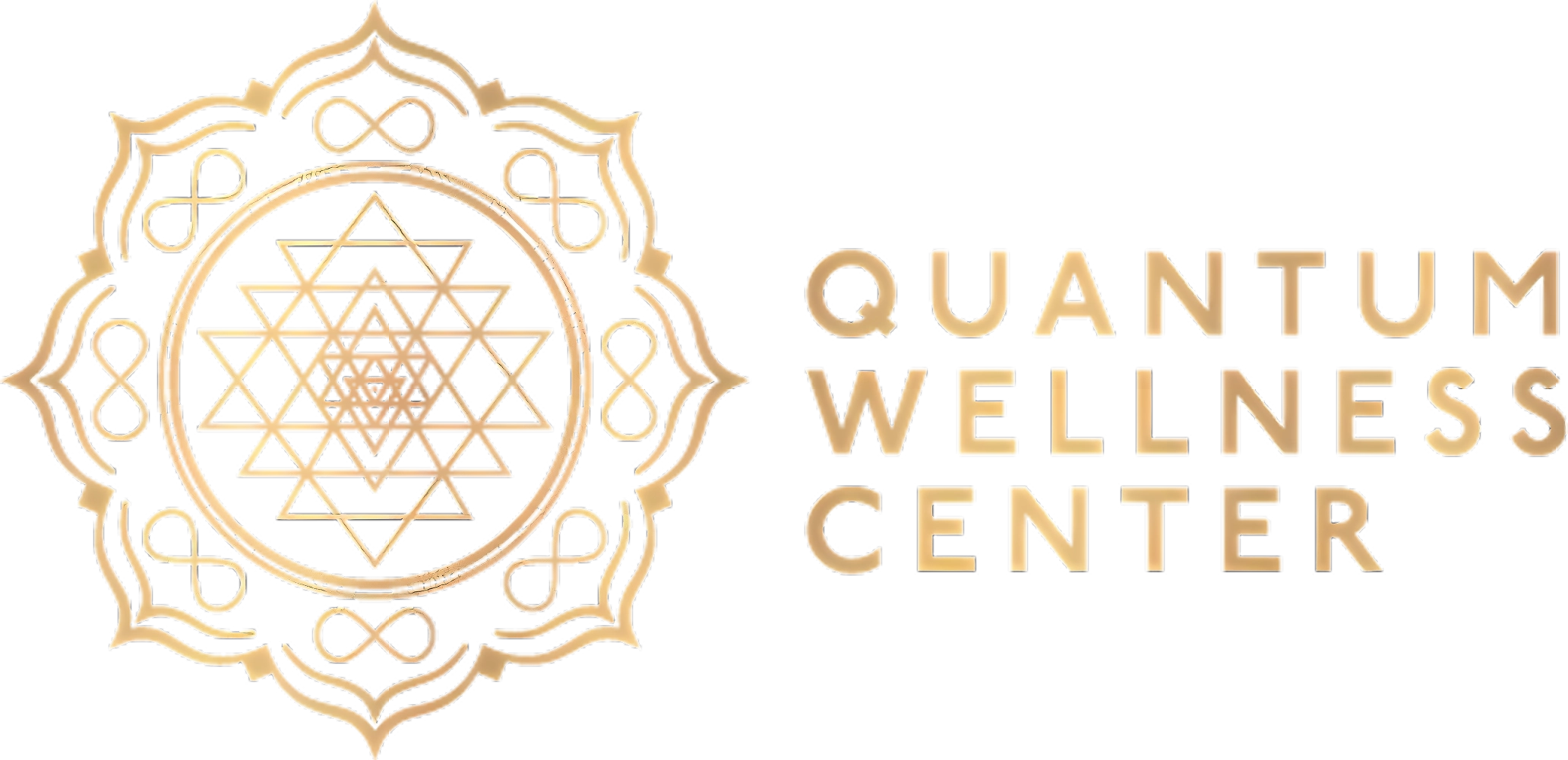Transcranial magnetic stimulation is gaining recognition as a safe and effective treatment option for obsessive-compulsive disorder (OCD). For individuals who struggle with traditional therapies or medications, it offers a non-invasive approach that directly targets brain activity linked to OCD symptoms.
In this article, we will dive into how TMS works, the science behind it, and why it is becoming an important tool in modern mental health care.

Understanding OCD and Brain Function
Obsessive-compulsive disorder is a condition where individuals experience intrusive thoughts (obsessions) and engage in repetitive behaviors (compulsions). These symptoms stem from irregular activity in certain areas of the brain, particularly in circuits involving the orbitofrontal cortex, anterior cingulate cortex, and striatum.
Overactive communication between these regions contributes to persistent and distressing OCD symptoms. Traditional treatments, such as cognitive behavioral therapy and medication, help many people, but not all achieve full relief. This is why many are now turning to TMS therapy as a promising next step in managing and reducing symptoms of OCD.
Understanding TMS
Transcranial magnetic stimulation (TMS) is a non-invasive procedure that uses a magnetic field to stimulate nerve cells in targeted regions of the brain. A magnetic coil is placed gently on the scalp, producing magnetic pulses that create small electrical currents in the underlying tissue.
The brain stimulation is designed to regulate abnormal activity patterns without the need for surgery, anesthesia, or lengthy recovery. This technology is FDA-approved for major depressive disorder and OCD. It is also increasingly being explored for its effectiveness in bipolar disorder and certain anxiety disorders.
How Does TMS Work for OCD
TMS works by targeting the area of the brain associated with OCD symptoms, particularly the anterior cingulate cortex and other circuits involved in regulating intrusive thoughts and compulsive actions. By delivering repetitive TMS, the treatment can adjust how brain cells communicate, reducing the severity of obsessive-compulsive patterns.
During a session, patients receive treatment through a magnetic coil that generates magnetic pulses to stimulate brain activity. Each session usually lasts between 20 and 40 minutes, and most patients undergo several weeks of treatment for noticeable improvement. Research has shown that this technology may be effective in reducing the symptoms of OCD, especially for people who have not responded well to therapy and medication.
Deep TMS, or deep transcranial magnetic stimulation, is an advanced form of therapy that reaches deeper brain structures. This method uses specialized coils to extend stimulation beyond surface regions of the brain, improving efficacy in treating OCD symptoms.

What to Expect During TMS Therapy
When considering TMS for OCD, patients can expect a structured protocol designed for safety and effectiveness. Each TMS protocol includes multiple sessions per week, typically over a period of several weeks of treatment. A typical session involves sitting in a chair while a clinician positions the magnetic coil over the scalp. The coil generates magnetic pulses to stimulate specific brain regions linked to OCD symptoms.
The procedure that uses magnetic fields to stimulate nerve activity may feel like a tapping sensation on the head, but it is generally well tolerated. It does not require sedation, and patients can return to their normal activities immediately after the treatment session. Because this is administered in a series of sessions, the cumulative stimulation to reduce symptoms builds over time.
It can be used as a stand-alone therapy or as an adjunct treatment, especially when therapy and medication haven’t provided enough relief. For people who are affected by intrusive thoughts and compulsions, TMS therapy offers a new pathway to relief without the need for invasive surgery.
Safety and Considerations
The safety of transcranial magnetic stimulation has been well established through clinical trials and ongoing research. This technology is designed to deliver controlled, precise stimulation, minimizing risks and side effects. The most common side effects include mild headaches or scalp discomfort, which usually decrease over time.
TMS does not require anesthesia, hospitalization, or long recovery periods. Unlike invasive procedures such as deep brain stimulation, it is non-invasive, allowing patients to continue their daily lives with minimal disruption. Importantly, it does not interfere with other OCD treatments like medication or therapy, making it a flexible and effective treatment option.
As with any therapy for OCD, it is important to consider individual needs, medical history, and the severity of symptoms. Consulting with professionals experienced in TMS treatment can help determine if this therapy is the right fit.
Final Thoughts from Quantum Wellness Center
Transcranial magnetic stimulation has become an important advancement in treating OCD, particularly for those who have not benefited from standard care. By targeting specific brain circuits, this approach provides lasting relief and reduces reliance on medication-based solutions.
At Quantum Wellness Center, we recognize the challenges associated with obsessive-compulsive disorder and remain committed to offering evidence-based solutions like rTMS therapy. Our approach emphasizes both safety and efficacy, ensuring patients receive the highest level of care. Our team can provide the guidance and support needed to explore how this treatment for OCD can work and whether it may be the right choice for your recovery.



